Trek Nepal Annapurna: Essential Info for Your Adventure of a Lifetime
Close your eyes and imagine this: golden dawn light spilling over snow-capped giants, terraced rice fields glowing emerald, and trails that wind through villages where time moves to the rhythm of temple bells. To trek Nepal Annapurna is to step into a living postcard—one where every turn reveals a new wonder, from the world’s deepest gorge to the warmth of a teahouse hearth. Whether you’re drawn to the iconic Annapurna Circuit or the sunrise vistas of Poon Hill, this guide arms you with everything you need to conquer the trails, connect with mountain culture, and return home forever changed.
Why Trek Nepal Annapurna?
The Annapurna region isn’t just a trekking destination—it’s a symphony of nature, culture, and adventure. Here’s why it tops bucket lists:
- Diverse Landscapes: Cross subtropical jungles, alpine meadows, and the arid Thorong La Pass (5,416m) in a single trek.
- Cultural Riches: Meet Gurung and Thakali communities, explore ancient monasteries and feast on dal bhat (lentil curry) in family-run lodges.
- Accessibility: Routes range from 4-day hikes to 3-week epics, catering to all fitness levels.
Essential Info for Your Annapurna Adventure
1. Best Time to Trek
- Autumn (Sept–Nov): Clear skies, vibrant festivals like Dashain, and post-monsoon greenery.
- Spring (Mar–May): Rhododendron blooms paint the hills red, with mild temperatures.
- Avoid: Monsoon (June–Aug) brings landslides, and winter (Dec–Feb) means heavy snow on high passes.
2. Permits & Costs
- Permits:
- Annapurna Conservation Area Permit (ACAP): ~ USD 30.
- TIMS Card: USD 20 (free if booked through an agency).
- Budget:
- Teahouse Trekking: $25–USD 40/day for food, lodging, and permits.
- Guides/Porters: $25–$35 USD/day for guides; $20–$25 USD/day for porters.
3. Top Routes to Explore
- Annapurna Circuit (14–18 days): The classic loop, crossing Thorong La Pass with ever-changing vistas.
- Annapurna Base Camp (7–12 days): A shorter, iconic journey to the foot of Annapurna I (8,091m).
- Ghorepani Poon Hill (4–5 days): Perfect for beginners, with sunrise views over the Dhaulagiri range.
- Tilicho Lake Detour (add 2–3 days): Visit one of Earth’s highest lakes at 4,919m.
4. Training & Fitness Tips
- Cardio: Build stamina with hiking, cycling, or stair climbing 3–4x weekly.
- Strength: Focus on legs (lunges, squats) and core for steep ascents/descents.
- Altitude Prep: If possible, train at elevation or use altitude simulation masks.
Packing Like a Pro
- Gear Essentials:
- Footwear: Broken-in hiking boots + lightweight camp shoes.
- Layers: Moisture-wicking base layers, insulated jacket, waterproof shell.
- Sleeping Bag: Rated for -10°C (14°F) for high-altitude nights.
- Altitude Kit: Diamox (consult your doctor), SPF 50+ sunscreen, lip balm.
- Extras: Reusable water bottle with purification tablets, a journal, and a headlamp.
Challenges & How to Crush Them
- Altitude Sickness: Acclimatize in Manang (3,540m), hydrate relentlessly, and ascend slowly.
- Variable Weather: Sunny mornings can turn into snowstorms—pack waterproof gear and check forecasts.
- Teahouse Basics: Embrace cold showers and squat toilets; it’s all part of the charm!
Cultural Etiquette to Remember
- Dress Modestly: Cover shoulders/knees in villages and temples.
- Respect Traditions: Ask before photographing locals or religious sites.
- Learn Nepali Phrases: A cheerful “Namaste” (hello) or “Dhanyabad” (thank you) builds instant rapport.
FAQs: Trek Nepal Annapurna Simplified
Q: Can I trek solo?
A: Yes! The Annapurna Circuit and Base Camp are well-marked. Guides are required for remote routes (e.g., Nar Phu Valley).
Q: Is Wi-Fi available?
A: Spotty in villages like Jomsom and Manang. Buy local SIM cards (Ncell/NTC) for better coverage.
Q: What about emergencies?
A: Helicopter evacuations (covered by travel insurance) are available from most trails.
Q: Are there ATMs?
A: In Pokhara and Kathmandu only. Carry enough cash for the entire trek.
Conclusion: Your Annapurna Story Begins Here
To trek Nepal Annapurna is to wander into a world where mountains reign supreme, trails are threads connecting cultures, and every sunset feels like a gift. Whether you’re chasing the adrenaline of Thorong La, the serenity of ABC, or the warmth of a Gurung family’s hospitality, the Annapurna region will leave you breathless—in every sense of the word.
Lace-up your boots, pack your curiosity, and let the Himalayas rewrite your story.
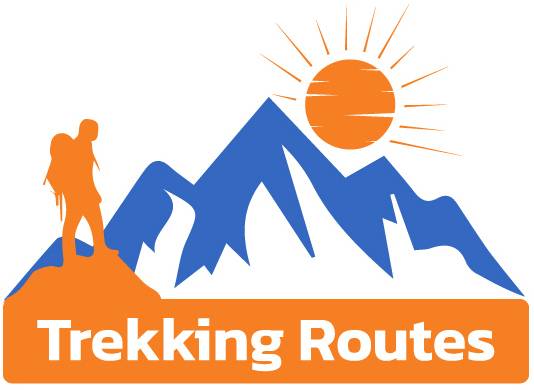

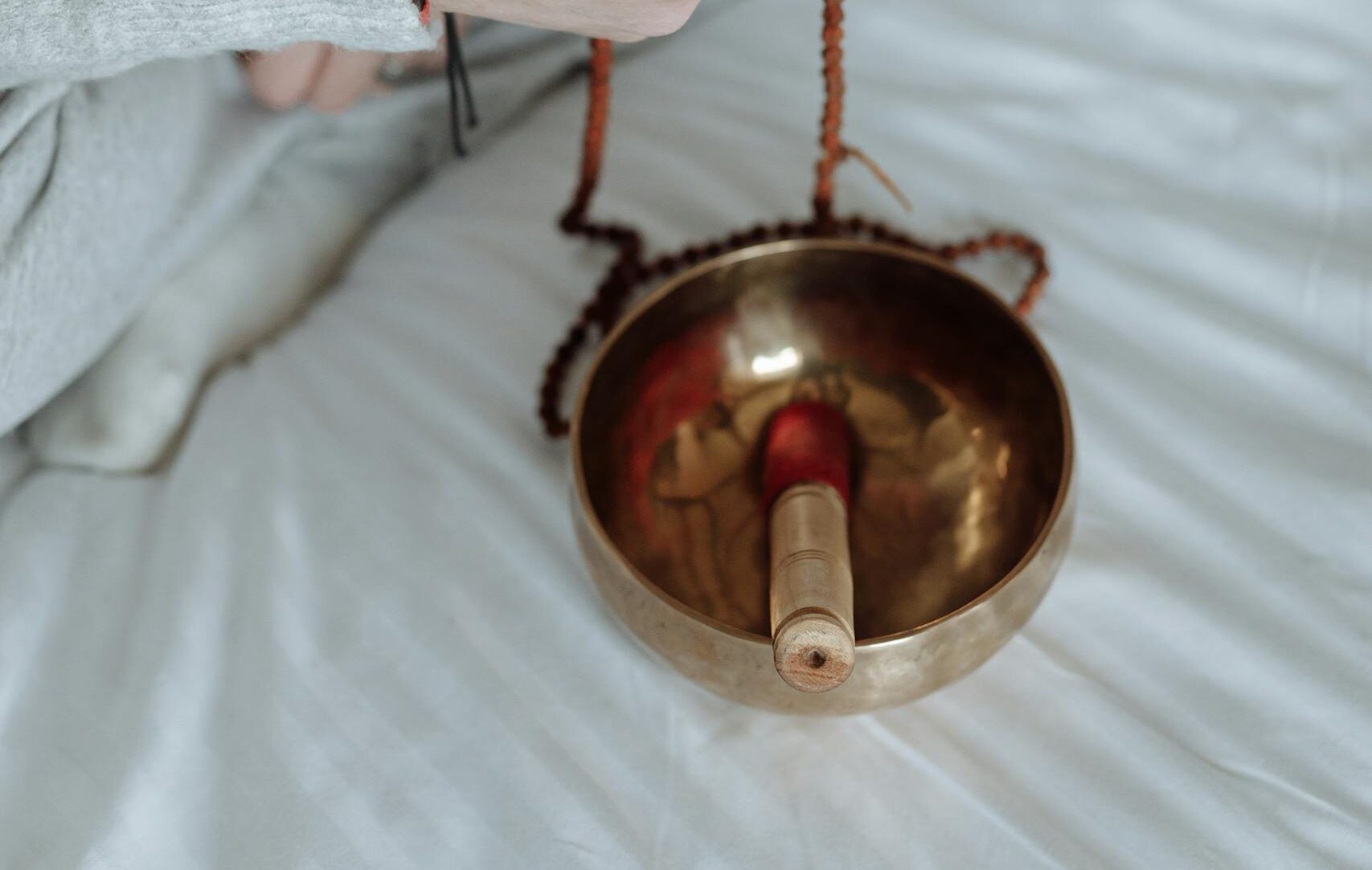

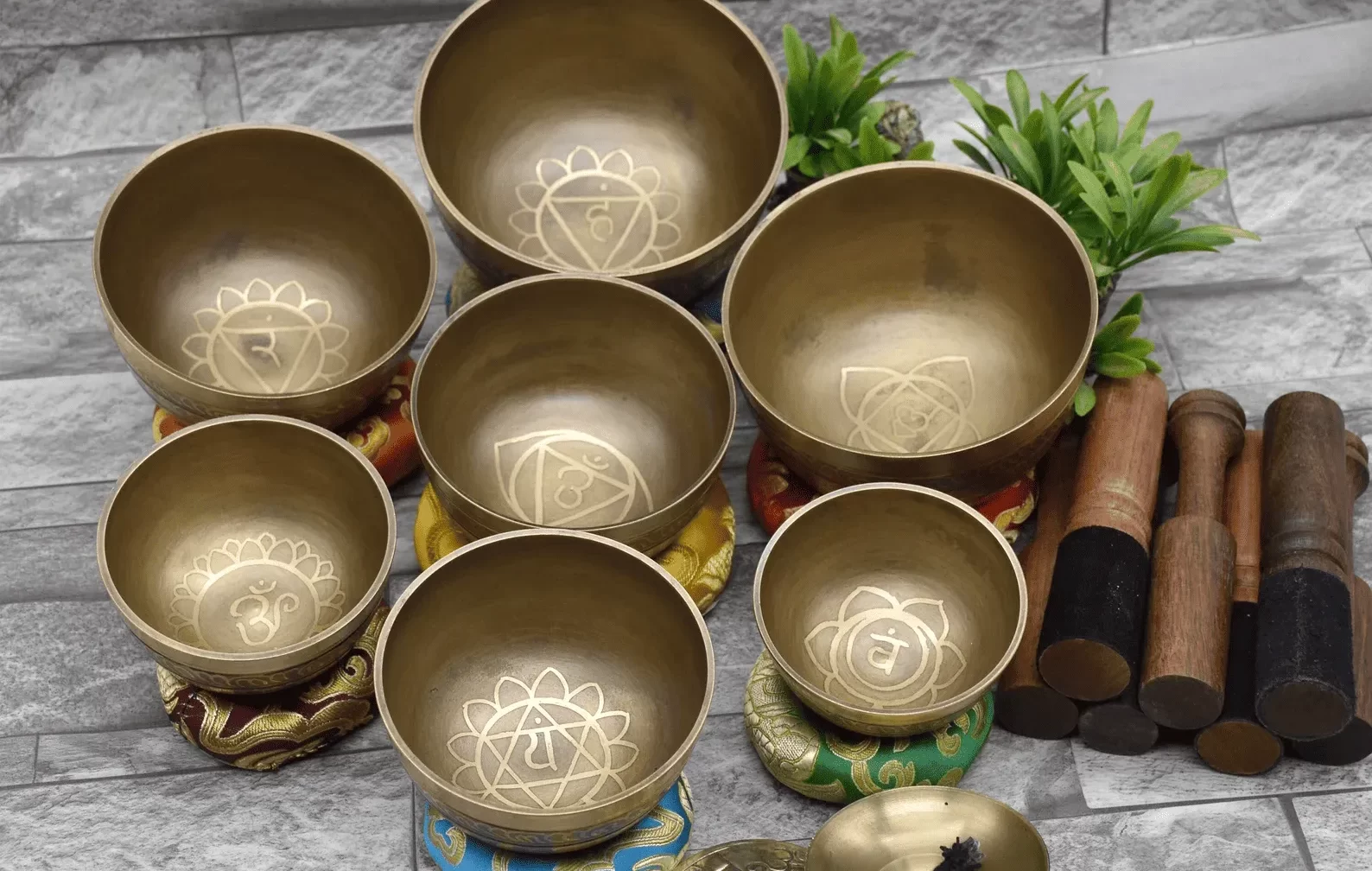
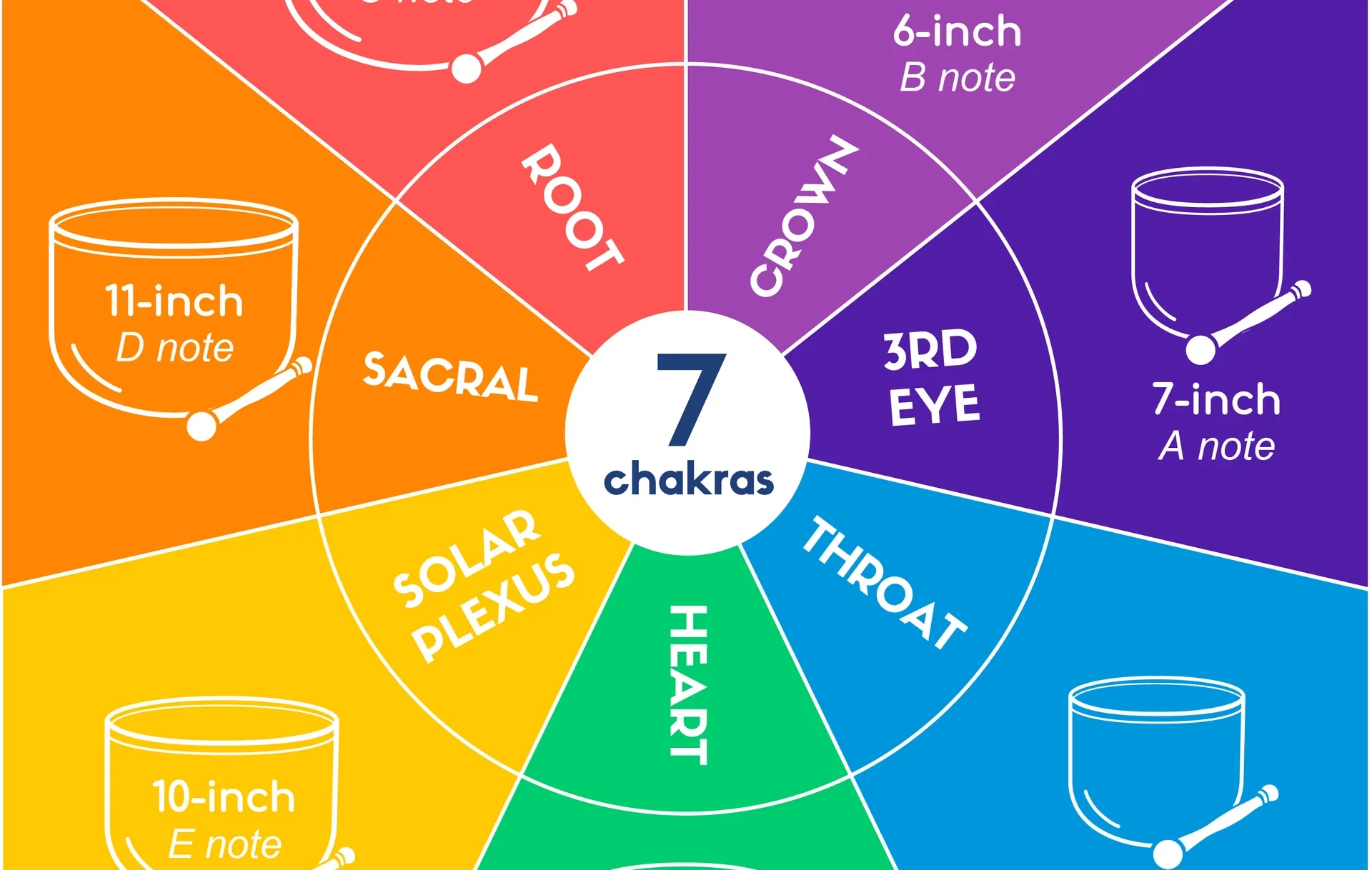
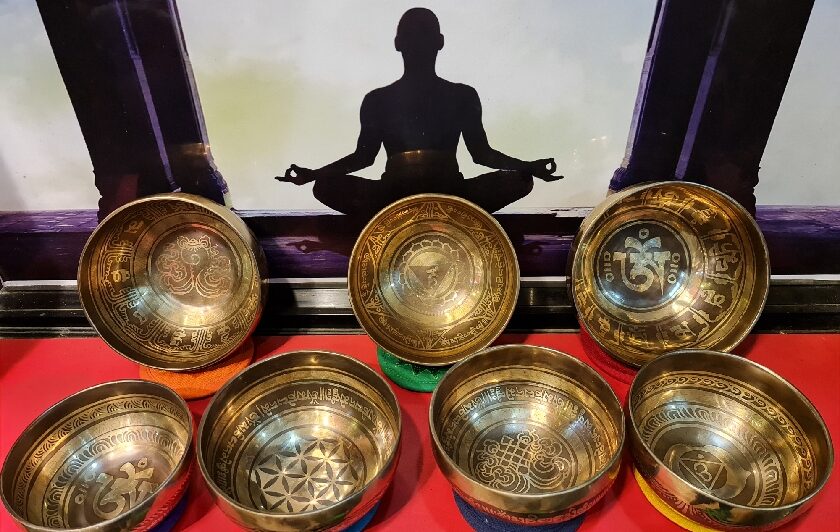
0 Comments